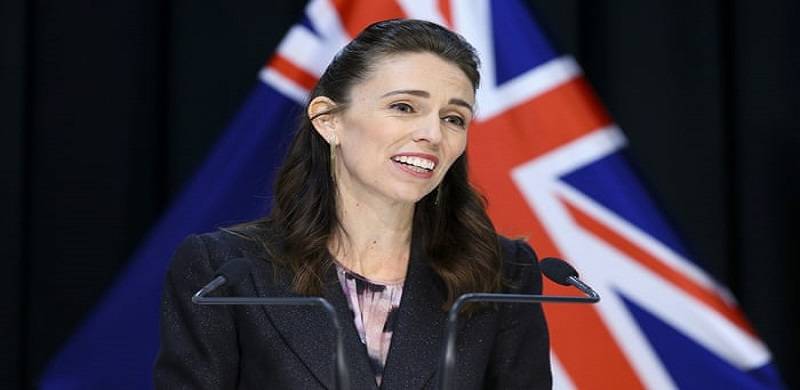On Tuesday, some 400,000 people will be able to return to work and more non-essential businesses, courts, healthcare, parliament and schools will partially reopen.
She has also warned the nation’s 5 million residents that they should not become complacent, as the re-openings are aimed at restarting the economy, and not people’s social lives.
People have been advised to keep their social gatherings to a minimum and only meet family and close friends maintaining the 6 feet distance from others to avoid a wave of new infections.
New Zealand has to date reported just under 1,500 cases of coronavirus, while 19 people have died.
Ardern imposed a nationwide lockdown on March 26, early on in New Zealand’s outbreak, when it had recorded around 100 cases of coronavirus, and no deaths. The nation experienced one of the strictest lockdowns in the world, with most of public life—from beaches and playgrounds, to businesses and schools, closed for a month.
New Zealand’s economy, much of which is reliant on travel and tourism, is forecast to take a significant hit from the closures, with its GDP expected to fall by between 13% to a third, according to estimates from its treasury.
But Ardern’s communication and introduction of a four-level alert system to handle the outbreak has been widely praised, with her government receiving an 84% approval rating for the way it has handled the crisis, according to pollster Colmar Brunton.

